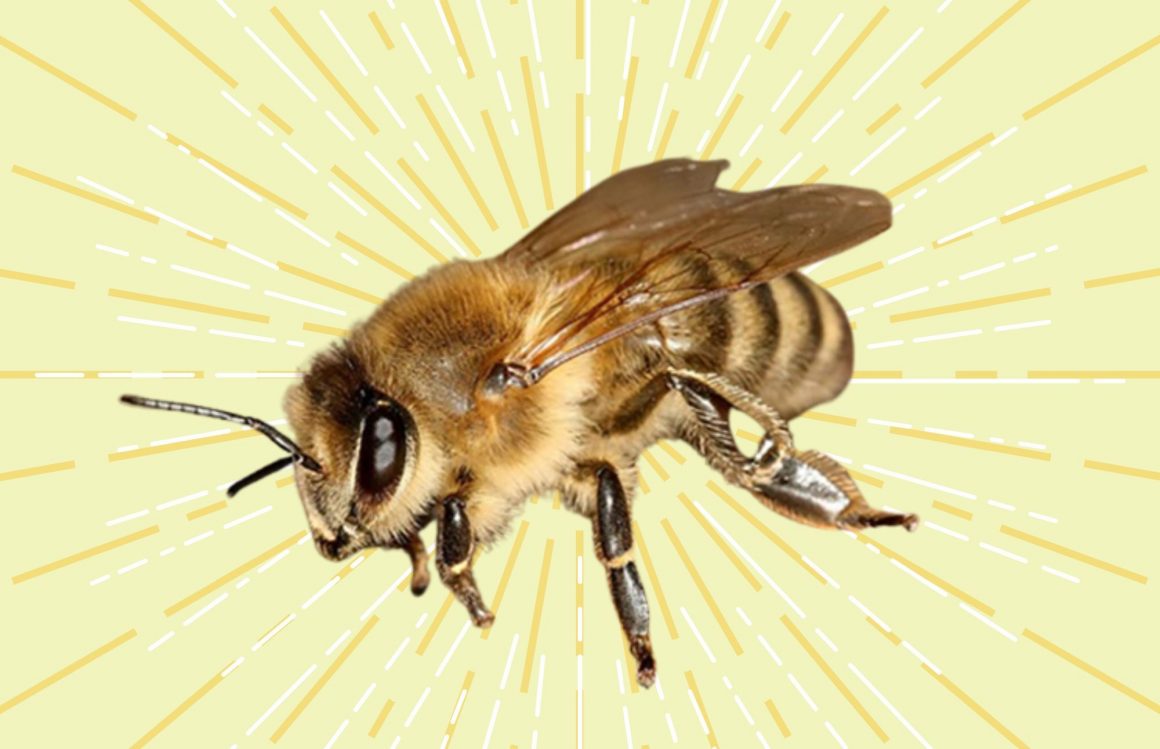
U of C researcher explores Maya beekeeping practices
By Kimberly Taylor, March 16 2023—
Bee stings hurt and can give people anaphylactic shock resulting in death. Approaching a beehive to extract honey is a perilous process that requires specialized equipment. Beehives are usually kept far away from people’s homes — unless you are a member of a Maya beekeeping family living in the Yucatán peninsula. For generations these families living in the Yucatán peninsula have kept bees in their homes, sharing the space harmoniously.
PhD Candidate Veronica Briseño Castrejon with the School of Architecture, Planning and Landscape at the University of Calgary spent several years living in the area near Tulum in the Quintana Roo state of Mexico and formed relationships with several of these Maya beekeeping families. She is currently doing ethnographic and ethnoecological research on the ancient tradition of beekeeping. Beekeeping supports the people and the biodiversity of the area, with both coexisting in harmony.
In an interview with the Gauntlet, Castrejon said that while working on her master’s degree in innovation in Mexico she was drawn to this unique relationship with bees.
“Through environmental education for children and young people, and well, everybody, we wanted to learn more about the native bees,” she said. “Native bees have been linked ancestrally to the cosmology and way of life of Native first peoples in Mexico and in some places this relationship continues.”
Castrejon’s research is focused on environmental design, but it also brings together many different disciplines and focuses on the interactions between dwellings, humans, plants and animals. The keystone of this research is the Xunan-Kab, the Maya stingless bee, or Melipona beecheii, and the ways the construction industry impacts the bees.
“I want to know this practice has been impacted but not only that I am looking at the ancient design of Maya stingless beekeeping and dwelling and this study from the ancient and archaeological information is going to be compared to Maya biocultural spaces and experiences of today to inform and support the current practice,” she said. “The bees are a key system of many other interrelated systems in the way of life of Maya people.”
Bees are important pollinators, but their numbers are struggling. Castrejon said there is currently fear that insect populations will collapse worldwide. This could cause serious food security problems, and students may wonder what they can do to help.
“If one wants to do something for bees and our environment it is not about having a new eventful hobby with a big hive with honeybees in your backyard, we must establish a different bond with them and learn from the people who have been living among the bees with a respectful ecological knowledge like Maya people,” Castrejon said.
Her research has highlighted that bees are more than just pollinators or part of a food web — they are also political.
“Another way to understand my own profession as an architect, Maya architecture and design is adapted to the environment in a very respectful and wise way to other forms of life — considering bees and putting them at the centre,” said Castrejon about what she has learned from this research.
This is a different approach to development than is common in the construction industry, which often disregards local knowledge with the intent to improve standards of living. This improvement can be detrimental to not only bee populations but also local people as it disrupts the longstanding relationships that have worked well for thousands of years.
Xuanan-Kab are also spiritual and intertwined with Maya worldviews and ways of being. Castejon’s research is guided by Maya elders and spiritual guides. Xunan-Kab are depicted as deities and there are 10 pages dedicated to them in the few remaining Maya books. The Maya language itself reflects the longstanding relationship between the people and the bees.
“Native languages and nature are reciprocal,” said Castrejon. “They evolve together, and if one of the parts disappears, the other necessarily dies.”
Castrejon’s research wouldn’t be possible without the Maya beekeeping families who have given their time and taught her the deep cultural principles that underpin the practices.
“I have lived with them and they have opened their knowledge, their heart, to my understanding,” she said. “They have changed my way of perceiving this work and many others.”
